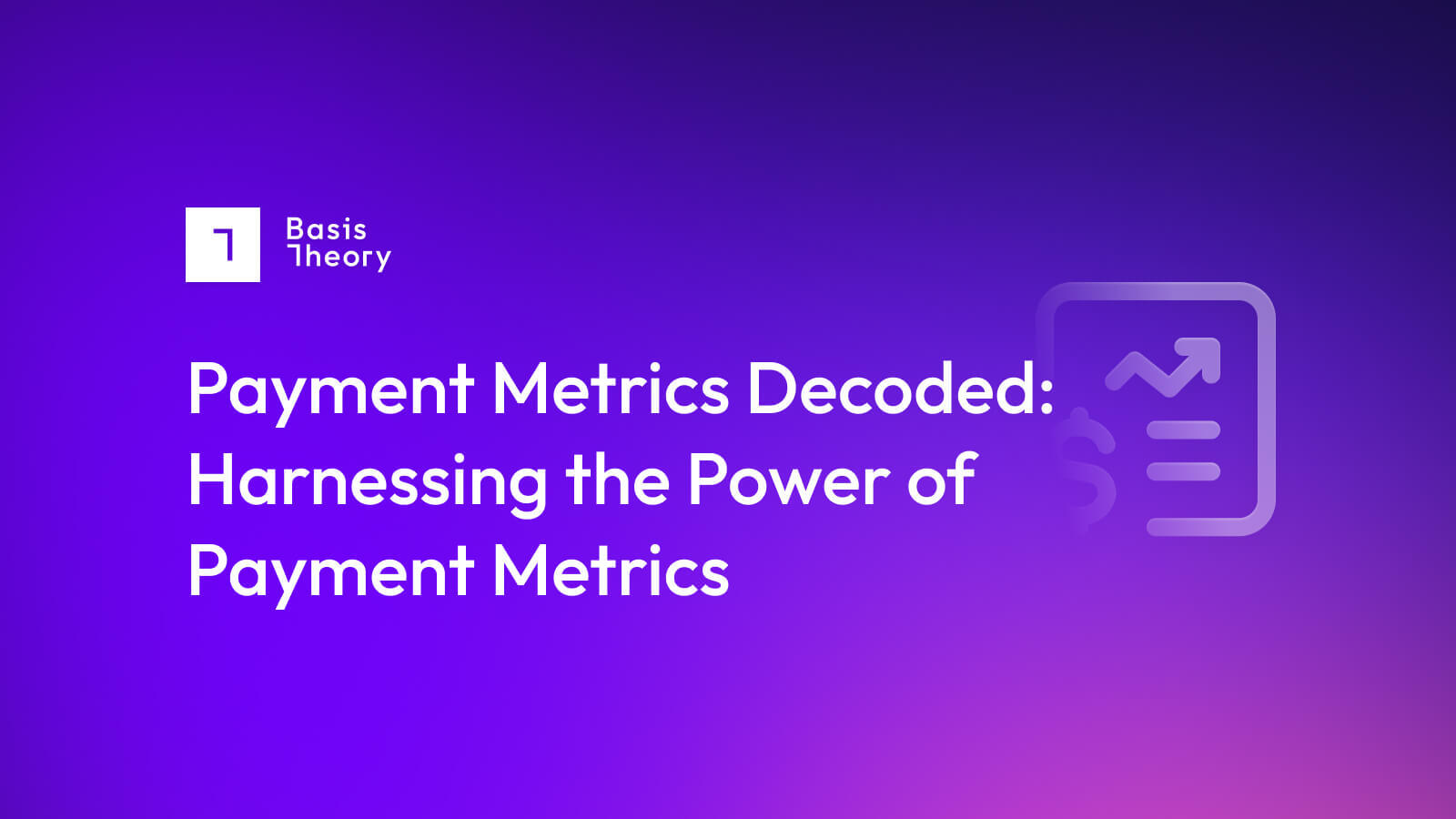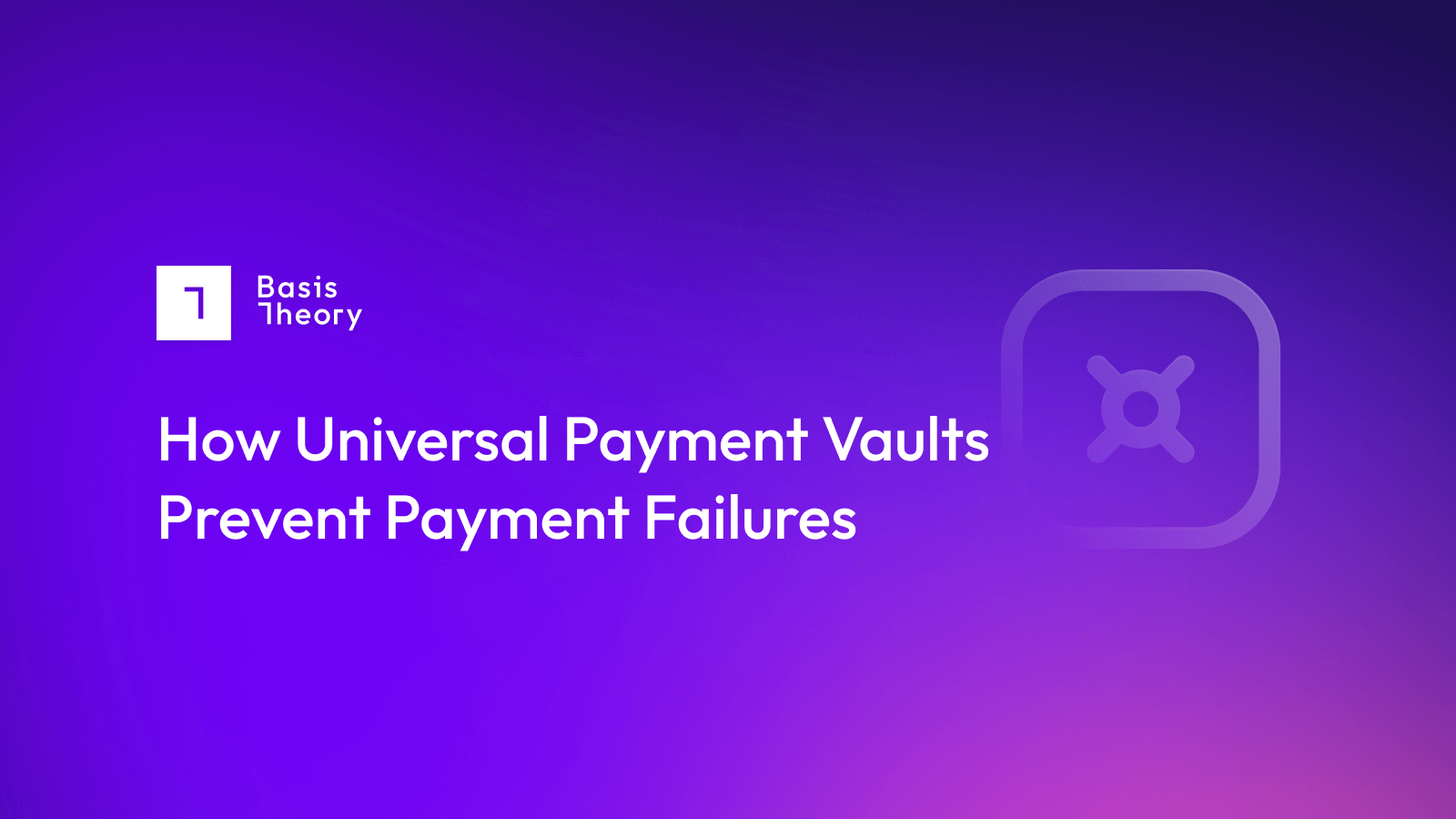Payment Metrics Decoded: Harnessing the Power of Payment Data

Merchants have access to a wealth of data points to gauge the health and success of their business. From customer acquisition cost to profit margin, the array of available metrics can sometimes feel overwhelming. The same holds true for payments data, where understanding the crucial payment metrics becomes instrumental in making informed decisions for business growth. In this blog post, we will navigate through the maze of payment metrics, highlighting the most significant ones to monitor. By gaining clarity on these metrics, you can harness their power to drive your business forward without feeling overwhelmed.
Let's explore the essential payment metrics that will equip you with actionable insights for success.
Which Payment Metrics Are Available?
Most payment service providers will provide merchants with a number of payment-related metrics in a dashboard by default, including:
- Payment types and methods
- Transaction amounts and values
- Transaction volume and velocity
- Transaction failure rates and disputes
But the data itself will not be impactful unless paired with analysis and actionable strategy. Simply reviewing the default metrics dashboard once every few weeks may allow you to see a quick snapshot of performance, but you will likely miss important trends that you could capitalize on, or trends that could negatively impact your bottom line if not addressed quickly.
Why You Should Analyze Payment Data and Insights
An in-depth analysis of your payments data can provide additional insights into the health of your business you would be unlikely to find when reviewing simply at face value.
There are various reasons it is prudent to analyze payments data, including:
- Understanding customer behavior - with additional insights into customer behavior and shopping patterns, organizations can lean into decisions that will improve the overall user experience and cater to what the customer wants
- Improving operational efficiency - learning more about buying behavior and payments trends, organizations may uncover inefficiencies that could cause costly issues if missed
- Detecting patterns and issues - watching the data over time will help an organization understand which patterns may be cyclical and seasonal, and which patterns may be indicative of an ongoing issue
- Growing the bottom line - knowing which products and plans succeed and leaning into those that drive the most revenue will grow the company’s bottom line
Top Payment Metrics to Watch, and Why
Most-Used Payment Types and Payment Methods
Reviewing the top payment types used in your organization can help you see trends in debit and credit card usage, as well as the top issuing companies your customers choose. Likewise, you can see if mobile and emerging payments are growing in popularity and if you need to put additional resources into making those methods more accessible for your customers.
Having an in-depth understanding of the breakout by payment method may also help you negotiate better processing rates at your current PSP, or help you understand if there may be a more cost-effective payment processor that will better serve the needs of your organization.
Transaction Volume
While this may feel like an obvious data point to watch, having a pulse on the volume of transactions is pivotal to the growth of your business. Segmenting by any product lines or plans will additionally help you understand which areas of the organization may need more attention and which areas are hitting the mark.
Watching this data over time and measuring against seasonal trends may also help organizations know when to combat slumps through additional marketing and awareness, or when to adjust goals to better ride the fluctuations.
Authorization Rate
The authorization rate, also known as auth rate, is the percentage of total transactions that successfully process as an approval.
Authorization rate matters because the primary goal is always for consumers to have a successful transaction on the first try without needing to use a fallback payment method. Likewise, higher auth rates will improve a company’s bottom line: a recent study found that 30% of shoppers will leave if they have to re-enter their payment details.
While transactions can fail for uncontrollable reasons and your authorization rate is unlikely to hit 100%, tracking this percentage over time may help you diagnose processing issues and resolve them quickly.
Transaction Failure Rates, Disputes, and Fraud Metrics
Chargebacks, hard and soft declines, disputes, and fraudulent transactions all hurt the bottom line of organizations. And while some of these failures may be unavoidable, understanding the details and potential reasons is important for effective risk management.
In a recent study by PYMNTS, 67% of the top-performing subscription businesses kept track of failed payments, and those same top-performing organizations were nearly 12 times more likely to focus on a payment recovery strategy than underperforming organizations. What this means for all merchants is that being diligent in catching failed payments and building in a recovery strategy - like multi-processor payment routing - can have a significant impact on a company’s bottom line.
If you’re noticing an uptick in disputes, take a deeper look into why this could be occurring. There is a potential that a third party may have been compromised, or something nefarious is occurring. Take a cross-sectional look by payment method, type, issuing brand, and any other pertinent data points to see if anything stands out. You want to get to the root cause of situations like this quickly, and keeping an eye on the trends may be the quickest way to find and combat this.
Website Analytics
For any organization with a virtual checkout, understanding basic analytics of the checkout process will help you better understand and optimize for more successful purchases. Keep an eye on data points that include:
- Drop-off rates - for multi-step checkout flows, taking a look at the drop-off by stage to see if the steps could be simplified or reduced
- Conversion rates - track the percentage of visitors to those who convert (make a purchase) to see if you’re driving the right traffic to the website, and if the products meet the needs of the consumers
- Repeat purchasers - what percentage of shoppers are repeat purchasers and how can you increase this through additional efforts?
- Time to purchase - how long does it take for a customer to purchase after first discovering your brand, and are there ways you could speed that timeline up?
Using Data to Improve Performance
As you dive deeper into your payments data, you will start to find trends, issues, and growth opportunities you wouldn’t have discovered with only a cursory look. Make it a habit to track your organization’s important payment metrics - not just once, but regularly - so that you’re not caught off guard if issues arise.
As you find growth opportunities in the data, lean into them. Allow your deep understanding of payments data to guide expansion opportunities into new markets, payment methods, and product lines.
A good first step in improving payments performance is to take ownership over your payments data. If you are reliant on your payment provider to maintain your customer payment information, then you will need to create a PCI-compliant cardholder data environment (CDE). You can build this CDE in-house by taking on the risk, training, and complexity of PCI compliance, or you can work with a trusted third party like Basis Theory where you can spin up your own PCI-compliant environment in 10 minutes.
.png?width=365&height=122&name=BTLogo%20(1).png)



